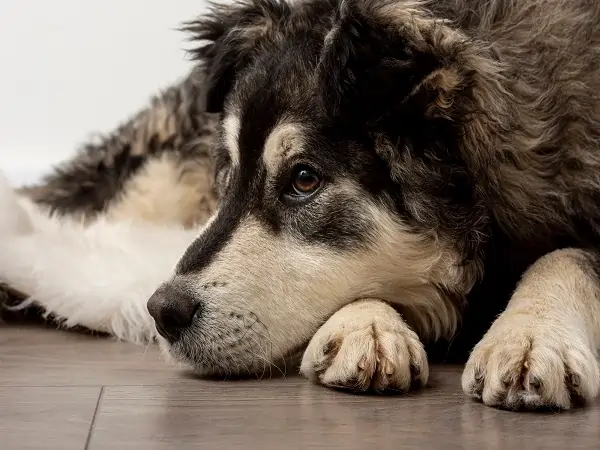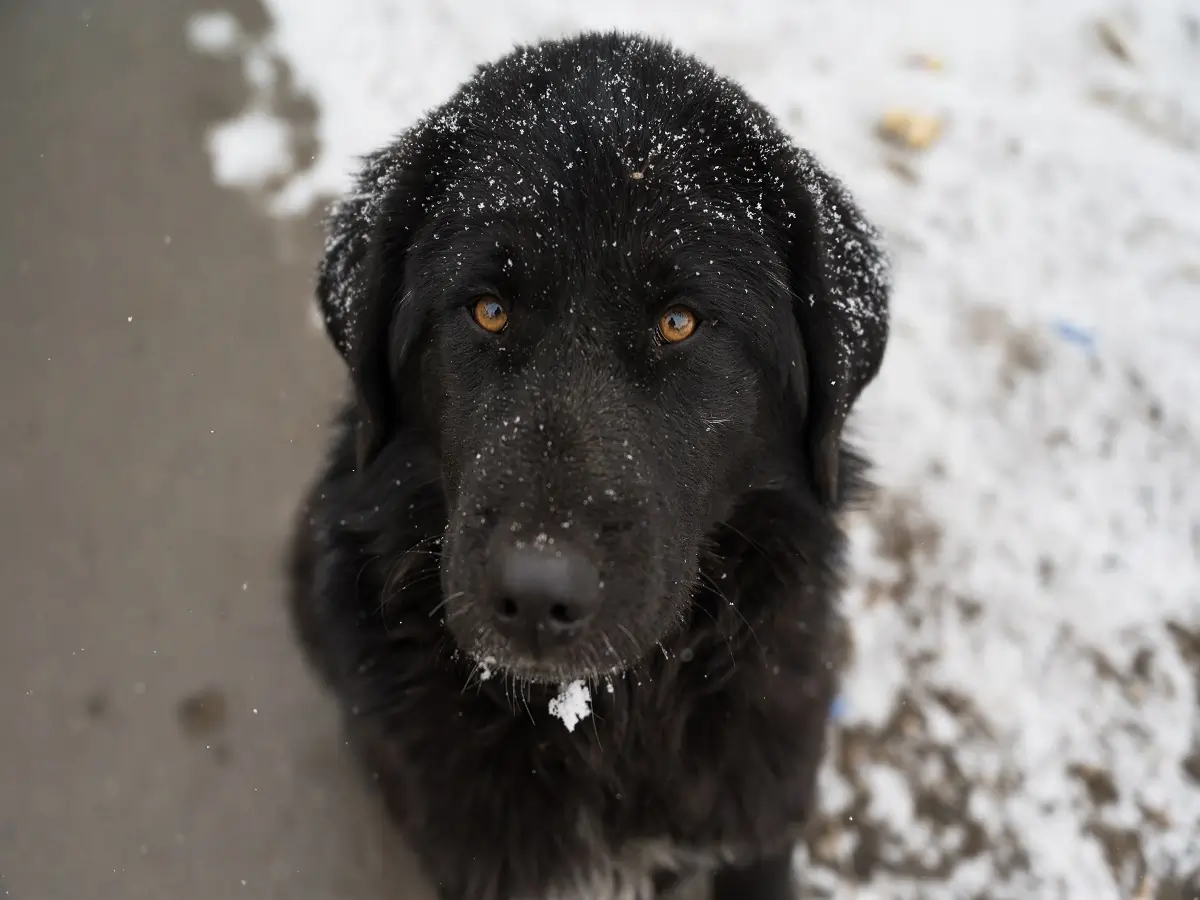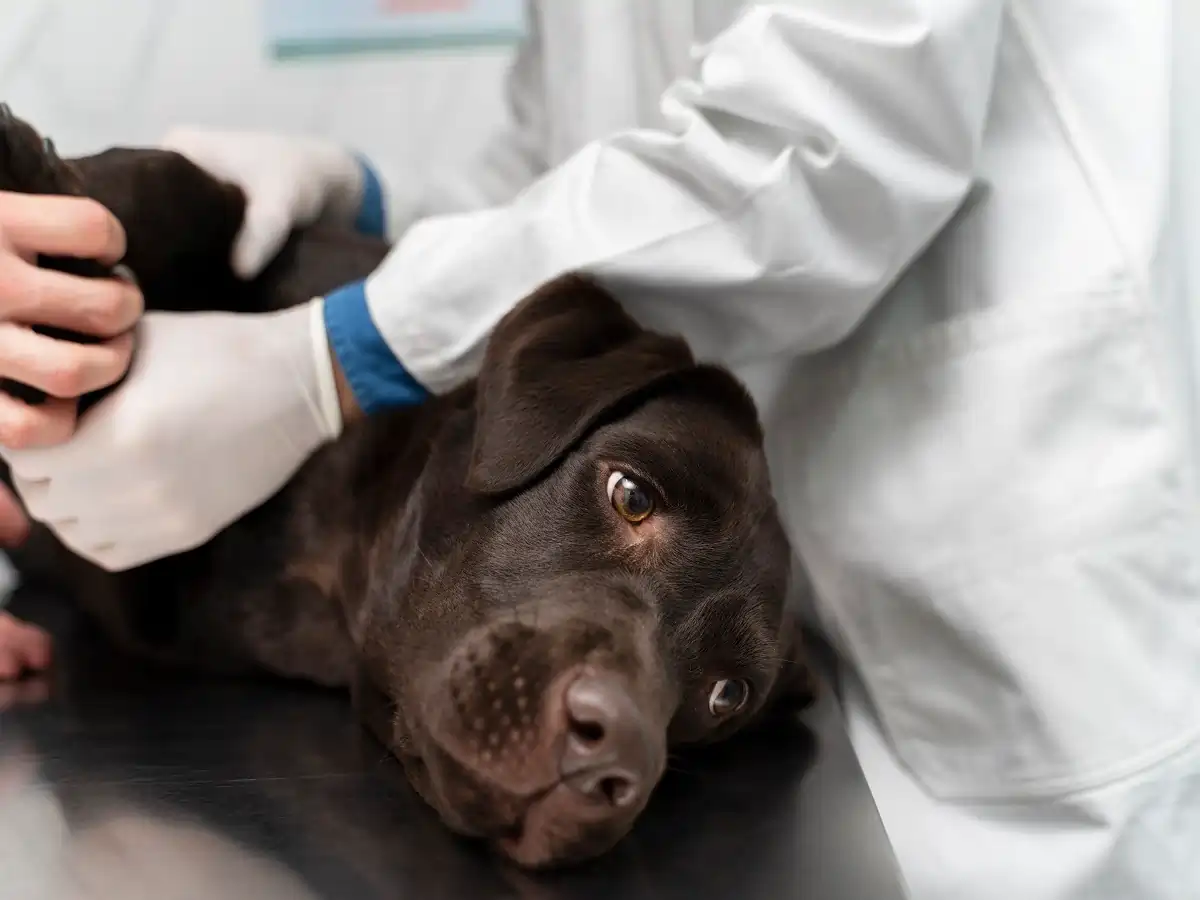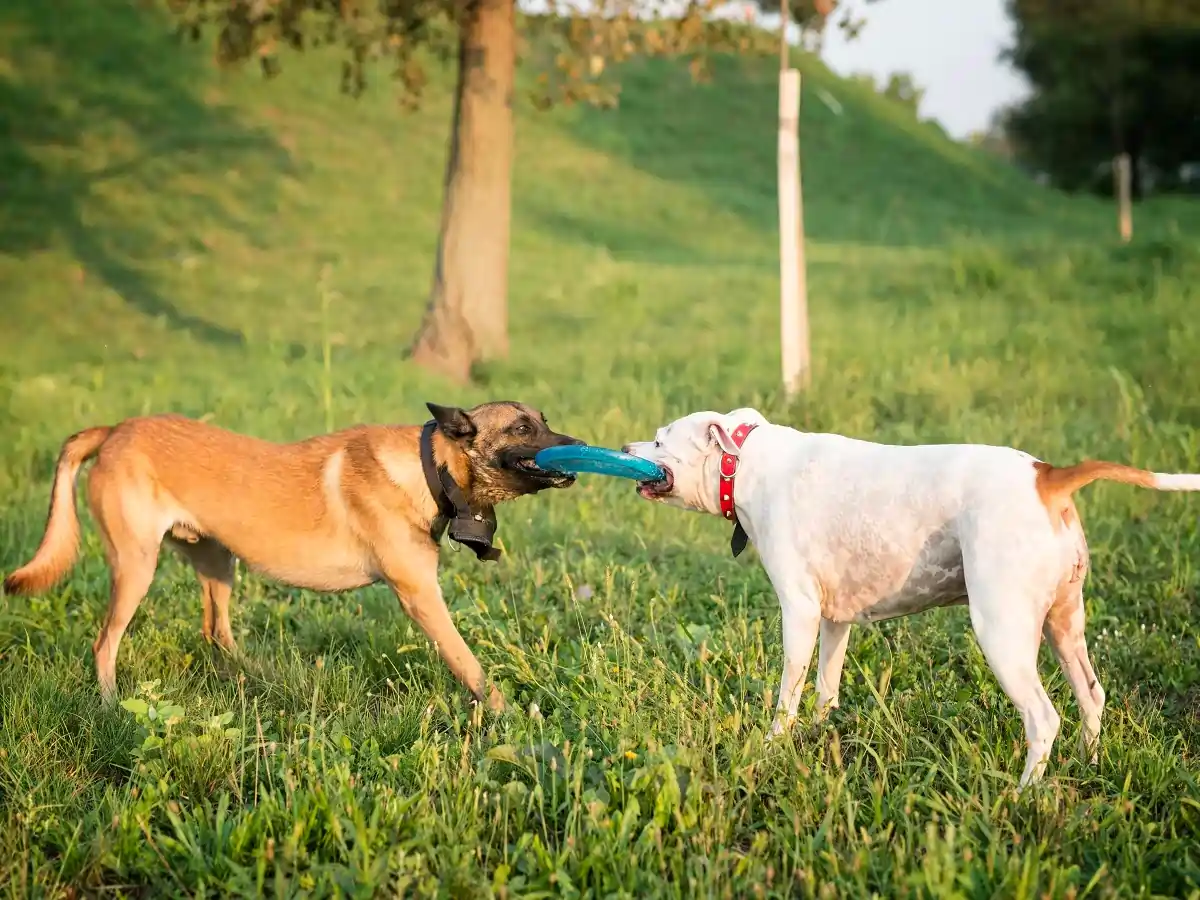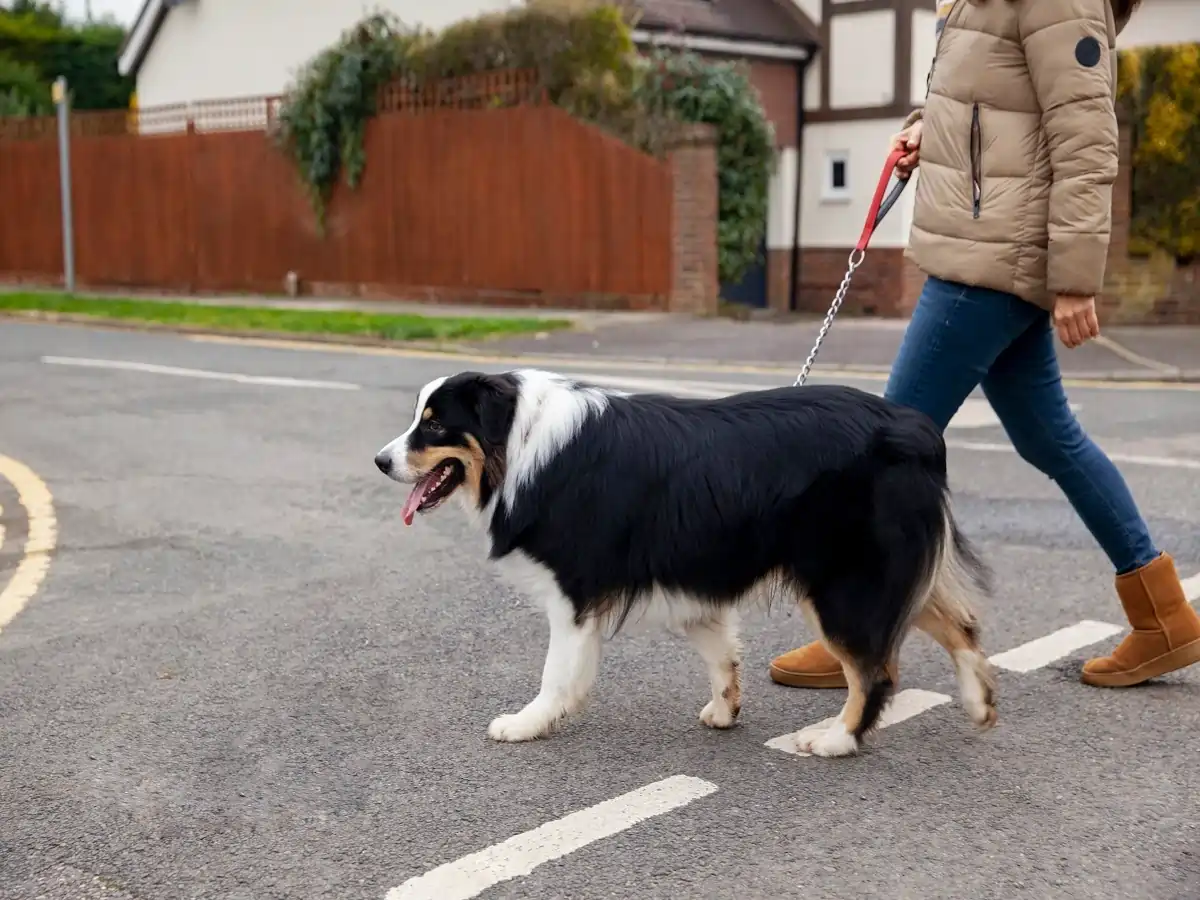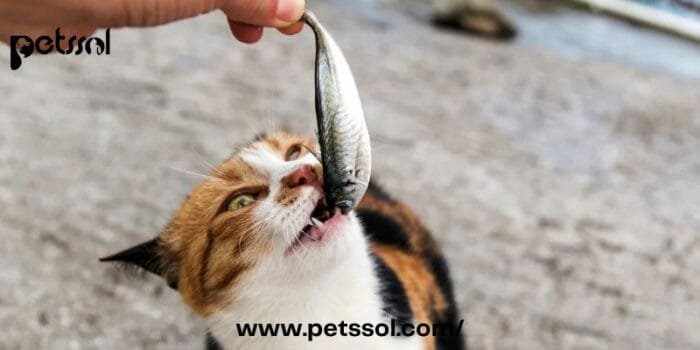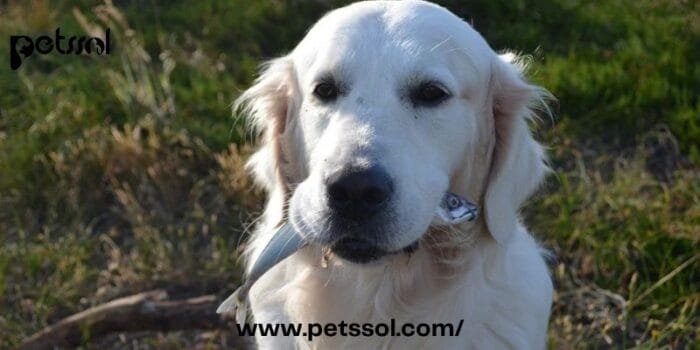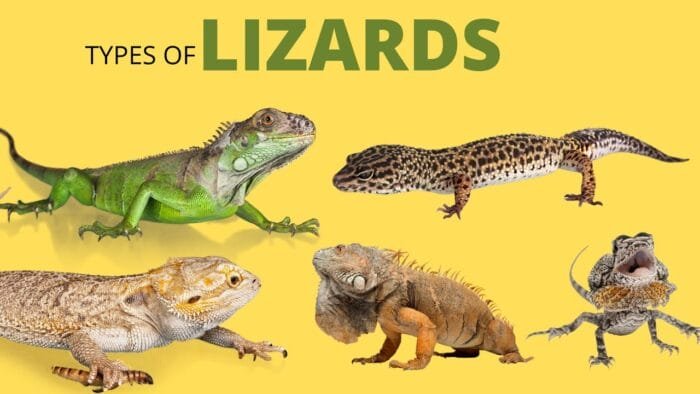Have you ever wondered why do dogs tuck their tails? Many dog owners see this often, but the reasons behind it can be tricky. Dogs use their bodies to talk, and their tails tell us a lot about how they feel. Dogs might tuck their tails because they are scared, want to show respect, feel uncomfortable, or because of their breed. Knowing “tail-tucking in dogs” helps us understand their feelings and keep them happy.
In this blog, we will look at why dogs tuck their tails. We will talk about their emotions like fear and anxiety, physical discomfort, and specific breed behaviours. This will help you understand your dog better and take good care of them.
Table of Contents
Toggle8 Common Reasons Why Do Dogs Tuck Their Tails
Dogs often tuck their tails when they feel scared or anxious. For example, during a thunderstorm or around strangers, they might do this to protect themselves. It can also show that they are being submissive, like saying they are lower in status or trying to avoid a fight. Knowing these signs helps you comfort your dog when they are stressed. Let’s explore some possible reasons why do dogs tuck their tails.
1. Fear or Anxiety
Dogs often feel scared or worried, just like people do. When they are feeling this way, they might tuck their tails between their legs. This can happen when there are loud noises, like thunder or fireworks, or when they are in new places or meeting new dogs. Tucking their tails helps protect their back end and makes them look smaller. It is their way of staying safe. Understanding this can help us support our dogs when they are feeling anxious or scared.
2. Submissiveness
Understanding why do dogs tuck their tails can teach us about their social behaviour. Dogs have a social order with leaders and followers, like in a group. They show who is in charge through their actions.
When dogs tuck their tails, it is a way of saying they are not trying to be bossy. It makes them seem smaller and less scary to other dogs or people. This helps keep the peace and prevents fights. Recognizing when dogs do this helps us react in the right way and keeps our bond with them strong.
3. Cold or Discomfort
In cold weather or when they are uncomfortable, dogs might tuck their tails to keep warm and feel safe. Even though their tails don’t have much fur, they use them to help stay warm and protect themselves.
You might notice your dog curling up with their tail wrapped around them or tucked between their legs when it is chilly. This helps them keep their body heat and stay cozy. Sometimes, when dogs are not feeling well or have tummy problems, they might tuck their tails to try to feel better.
This tail-tucking is a natural way for dogs to cope with the weather or discomfort. Understanding this helps us take care of our furry friends, keeping them happy and healthy.
4. Pain or Illness
When dogs feel pain or sickness, they might tuck their tails to feel better and protect themselves. Recognizing when a dog is hurting is important so they can get the right help. Signs that a dog is in pain include limping, whining, panting a lot, eating less, losing weight, and acting weird. Tucking their tail can be a sign too, especially if they are showing other signs of being upset.
Lots of health problems can make dogs tuck their tails, like stomach issues. When they have a diarrhoea, are bloated, or constipated, it can hurt, so they tuck their tails to try to feel less pain. Watching for changes in your dog’s behaviour and knowing about possible health problems can help you catch and treat any pain or sickness early. It is important to take them to the vet for the right care to keep them healthy and happy.
5. Behavioural and Situational Causes
Dogs sometimes tuck their tails when they are in new places or meeting new people. This can happen if they feel unsure or nervous. New situations can be scary for dogs, so they might tuck their tails to show they are feeling anxious. To help your dog feel better in new places, give them good experiences and introduce new things slowly. Use treats and praise to make them feel happy and safe. This helps them feel more confident and stops them from tucking their tails so much.
6. Avoiding Fights
If dogs come across aggressive behaviour from others, they might tuck their tails to avoid fighting. Tucking their tails shows they don’t want to fight and they are not a threat. Dogs use this to tell other dogs or people that they want peace and don’t want to argue. Knowing this helps dog owners stop fights and keep their pets safe.
Understanding why do dogs tuck their tails helps us take care of them better. By giving them love, teaching them good things, and stopping fights, we help them feel happier and safer, and they tuck their tails less.
7. Specific Breed Tendencies and Habits
Some dog breeds are more likely to tuck their tails than others. Breeds like Shiba Inu, Basenji, and Greyhound often do this because of their genes and history. For example, dogs used for hunting or herding might tuck their tails to protect themselves in rough places.
8. Habitual Behaviour
Dogs also learn to tuck their tails based on past experiences. If they have had bad encounters or scary moments, they might do it as a habit to stay safe. Teaching them positive things and making them feel safe can help them stop doing it.
Understanding why certain breeds and past experiences make dogs tuck their tails helps owners give them the right care. By recognizing and dealing with these factors, owners can help their dogs feel happier and safer in different situations, which keeps them healthy and content.
How to Respond When Your Dog Tucks Its Tail
When your dog tucks its tail, it is important to figure out why. Look at where you are, what happened recently, and how your dog is acting to understand if it is scared, uncomfortable, or something else. Here are some possible ways to address and reduce tail-tucking behaviour in dogs.
- Positive Reinforcement Training: Use treats, praise, and toys to teach your dog good behaviour and boost their confidence. When your dog acts calm without tucking their tail, reward them to reinforce this behaviour.
- Gradual Exposure: Slowly introduce your dog to things that make them tuck their tail, using treats or playtime to make it positive. This helps your dog feel better about those things and not be scared.
- Create a Safe Environment: Make a cozy place for your dog to go when they are stressed, like a quiet room with their bed or a covered crate.
- Behavioural Modification Techniques: Work with a dog trainer to create a plan to help your dog feel better. They can teach you techniques to help your dog overcome fear or anxiety.
- Regular Exercise and Mental Stimulation: Make sure your dog gets enough exercise and things to keep their brain busy. This helps them feel less anxious.
- Stick to a Routine: Dogs like having a routine, so keep things consistent with feeding, playtime, and bedtime.
- Avoid Punishment: Don’t punish your dog for tucking their tail; it can make things worse. Instead, focus on rewarding good behaviour.
- Seek Professional Guidance: If your dog keeps tucking their tail, ask a vet or trainer for help. They can figure out why it is happening and give you tips to fix it.
Final Words
In conclusion, understanding why do dogs tuck their tails is important for knowing how they feel and keeping them happy. Whether they are scared, nervous, or just being themselves, their tail tells us a lot. By paying attention and being kind, we can help our dogs feel better and more confident. With love, patience, and care, we can make our bond with our furry friends even stronger. Remember, every dog is different, so we need to be understanding and patient with them.

